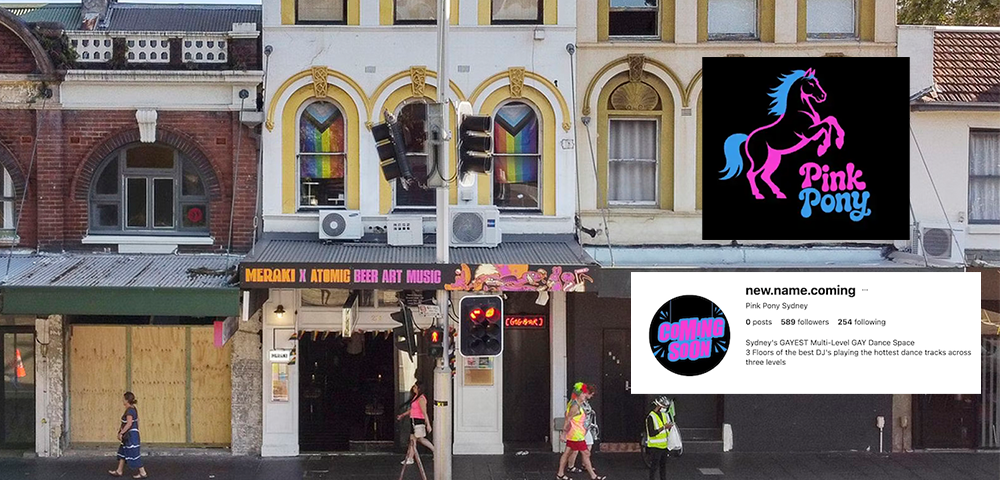
HIV/AIDS in 2004
The news was grim and unexpected: in December 2003 it was reported that HIV was on the rise in NSW. The numbers were still rising by May, and ACON announced that ignorance about condom use was not considered a major cause, as the majority of new infections occurred in men aged between 25 and 50.
From prevention to treatment, AIDS activists predicted an expensive future for positive people if Australia signed a Free Trade Agreement with the United States. Martyn Goddard told the Star the current pharmaceutical benefits scheme led the world in terms of getting affordable prices for prescription medication, but the FTA might undermine the organisation’s authority and lead to delays and price rises. The FTA was passed, and becomes active on 1 January 2005.
Confidence in the government’s ability to combat AIDS hit a new low in March, when federal health minister Tony Abbott failed to appoint any community representatives to the new Ministerial Advisory Committee on AIDS, Sexual Health and Hepatitis (MACASHH).
AIDS organisations were equally unimpressed by the Fifth National Strategy on HIV/AIDS, which arrived in October after an 18-month delay. Really inadequate was ACON’s response, and a briefing paper to members of AFAO revealed a similar level of dissatisfaction (not least because the Strategy failed even to mention the national organisation).
On a global scale, the XV International AIDS conference in Bangkok revealed shocking figures of rising HIV infections in Asia and Africa, and Kofi Annan told journalists the US should be as concerned about AIDS as they are about terrorism.
We need leaders everywhere to demonstrate that speaking up about AIDS is a point of pride, not a source of shame. There must be no more sticking heads in the sand, no more embarrassment, no more hiding behind a veil of apathy, Annan said.









